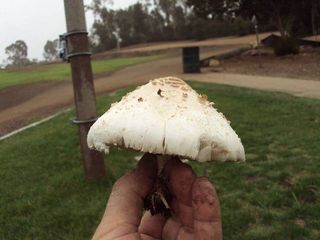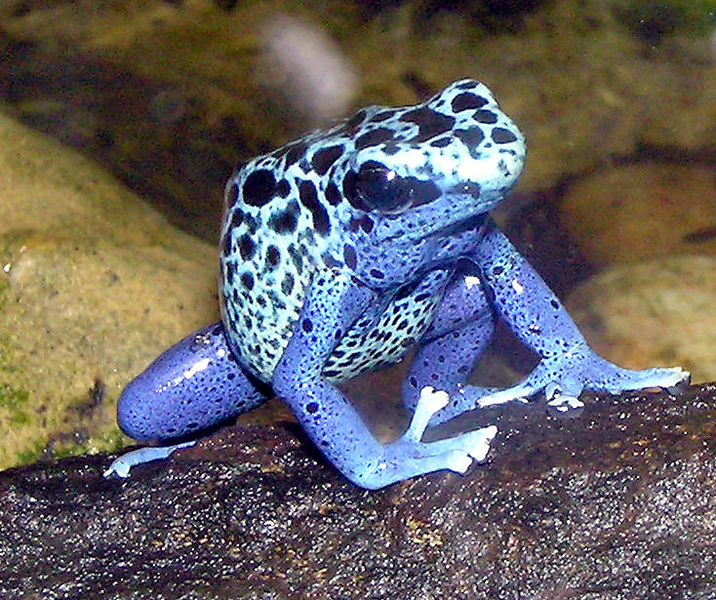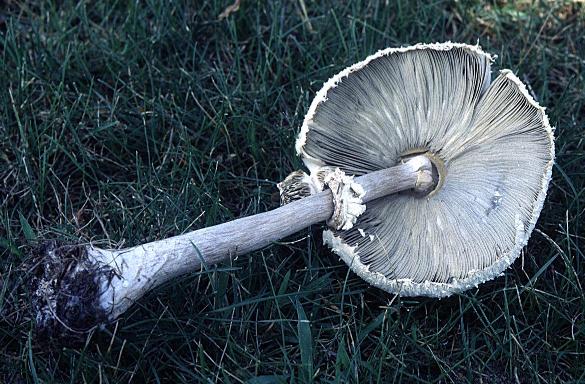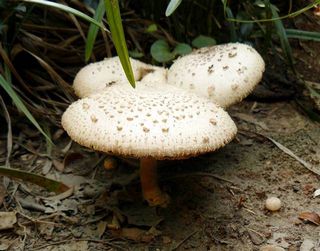Adaptations
Physical Development

Fungi have adapted over the years in response to their environment.
One way in which they have adapted is by increasing their surface
area of their gills. This is beneficial to the organism because it
is able to reproduce more spores which can lead to more of them
being dispersed. This dispersal can lead to better survival of the
fungi.
Another way in which they have adapted over time is by increasing the thickness of the spores walls that are dispersed. Having more protection for the spores allows them to be able to survive better once they land on new ground. In times of drought this can be essential in the survival of the new organism. On the reproduction page you can learn a lot more about how exactly this fungus goes about creating offspring. Overall, the fungi have adapted stronger and thicker cell walls made out of chitin. This allows for extra support and also protection from predators.
Toxicity
Developing toxins can be very beneficial for an organism. Animals
and other organisms realize that it is poisonous after eating and
will refrain from trying to eat them again because they know it'll
make their stomach upset.
 This is a very cool adapation that can be
seen by a range of animals; such as the
Blue Poison Dart Frog. Next we will look a little bit more
closely at what exactly are the toxins in C. molybdites.
This is a very cool adapation that can be
seen by a range of animals; such as the
Blue Poison Dart Frog. Next we will look a little bit more
closely at what exactly are the toxins in C. molybdites.
Chlorophyllum molybdites is considered to be a poisonous mushroom. It is classified as gastrointestinal mushroom syndrome with symptoms appearing very soon after consumption. Studies were performed on mice after consumption of the mushroom where they isolated the toxic protein, molybdophyllysin. Through their complex research they concluded that molybdophyllysin is a small protein and is a member of the deuterolysin family of metalloendopeptidase (MEPs). Metalloendopeptidase are found in many bacteria and fungi however they are not usually associated with being toxic. The structure of this specefic protein is still being synthesized.
Determining and classifying the chemical structures and biological properties in toxins can have a very positive effect on our world. It can have the capability to help find treatments for mushroom poisoning and help us to understand how mushrooms are related to each other and other organisms. Also, identifying poisons in one species can allow for better understanding of how to treat poisons that are similar in other species.

